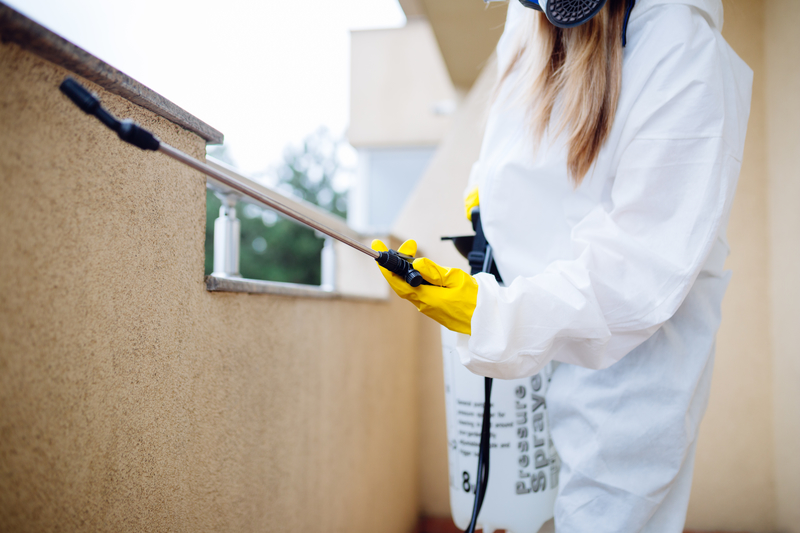Dealing with pests in your home can be a frustrating and unpleasant experience. Fortunately, there are proactive steps you can take to keep pests at bay and maintain a pest-free living environment.
Seal Gaps
One of the most effective ways to prevent pests from entering your home is by sealing gaps and cracks in your walls, doors, windows, and foundation. Pests like rodents, insects, and spiders can exploit even the tiniest openings to gain access to your living space. Inspect your home carefully for any visible gaps or cracks, paying close attention to areas where utility lines, pipes, or cables enter your home. Use caulk or weatherstripping to seal these openings, ensuring a tight seal that prevents pests from getting inside. Consider installing door sweeps on exterior doors to block potential entry points for pests. Regularly maintain and repair damaged screens on windows and vents to keep flying insects out.
Eliminate the Source
To effectively keep pests out of your home, it’s essential to eliminate the source of their attraction. Pests are often drawn to your home by the availability of food, water, and shelter. By addressing these factors, you can make your home less appealing to unwanted visitors. Start by maintaining a clean and clutter-free living space. Anywhere food is stored in your home can be prone to pests. So it’s better to store food in airtight containers and promptly clean up crumbs and spills. Keep trash cans tightly sealed, and take out the garbage regularly to prevent odors from attracting pests. Fix any plumbing leaks or drips, as pests are attracted to water sources. Make sure your home is well-ventilated to reduce humidity, as excess moisture can create a hospitable environment for pests. If you have a garden or outdoor compost pile, manage it properly to avoid attracting pests. Keep firewood and outdoor debris away from your home, as these can provide hiding spots for pests.
Monitor for Signs of Infestation
Regular monitoring for signs of pest infestation is crucial to catching and addressing potential problems early. Keep an eye out for signs such as droppings, gnaw marks, or unusual sounds in your walls or attic. If you notice any of these signs, it’s essential to take action promptly. Consider setting up pest traps or bait stations in areas where you suspect pest activity. These can help you identify the type and extent of the infestation. If you’re unsure about the severity of the problem, consult with a pest control professional who can assess the situation and recommend appropriate treatment. It’s important to focus on prevention. Take steps such as sealing any cracks or crevices in your home and keeping food properly stored.
Preventing pests from entering your home involves a combination of sealing entry points, eliminating attractive food and water sources, and actively monitoring for signs of infestation. By following these strategies, you can create a pest-resistant living environment that promotes the comfort and well-being of your home and family.
Did You Enjoy Reading This Article? Here’s More to Read: How to Make Your Home Feel More Secure


